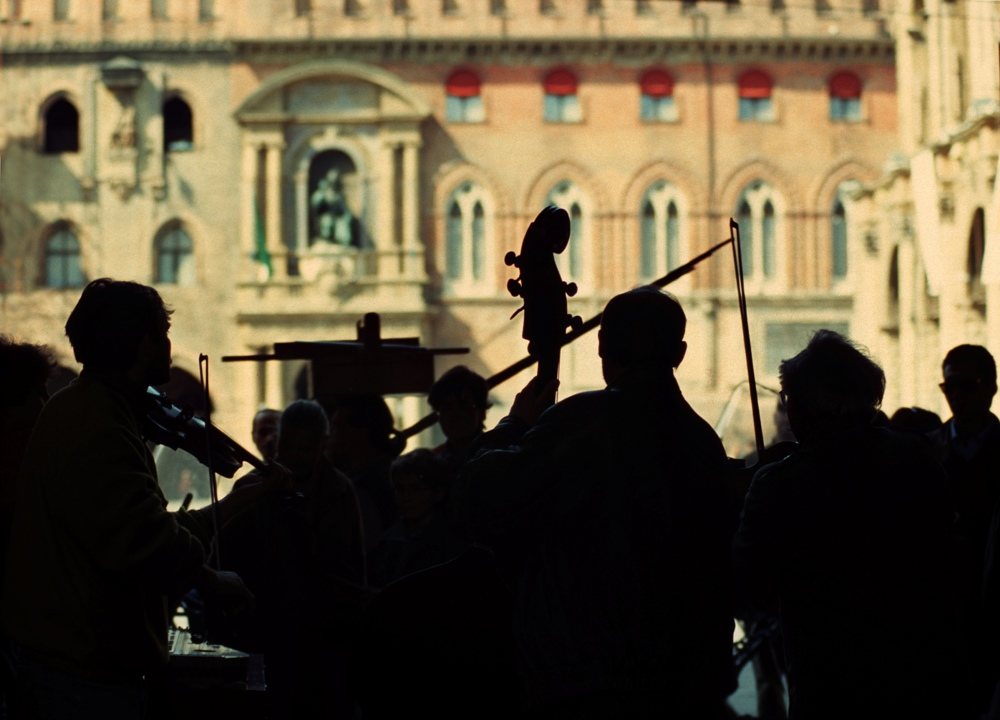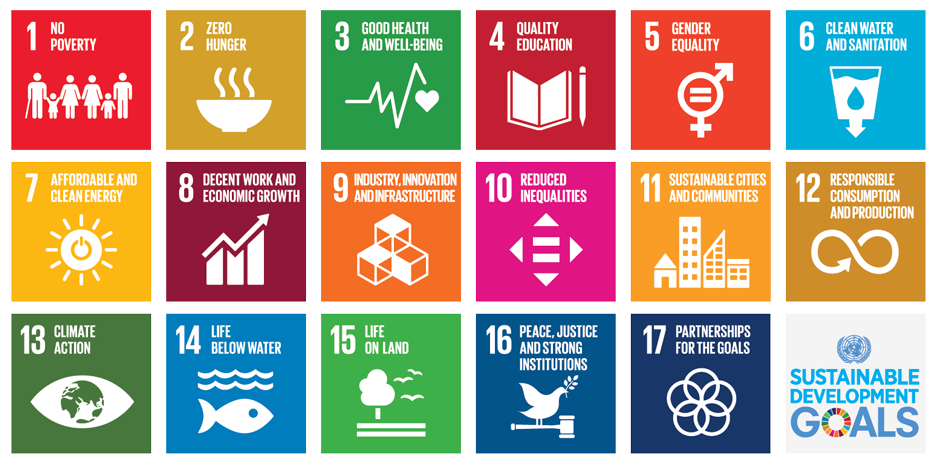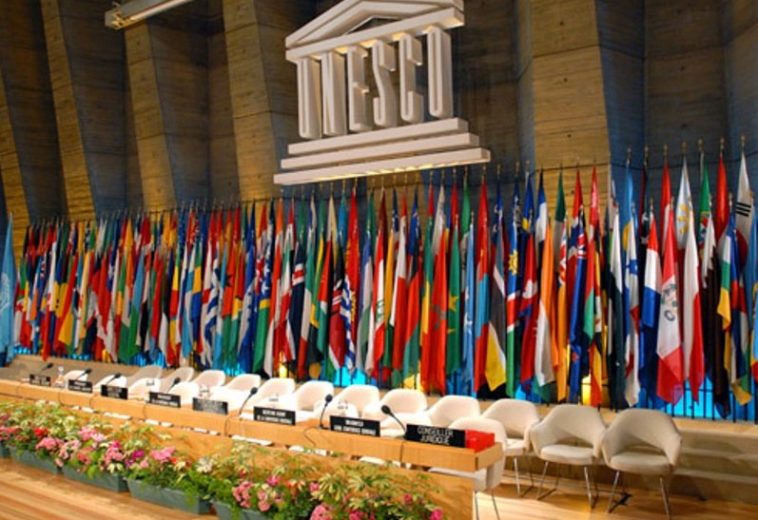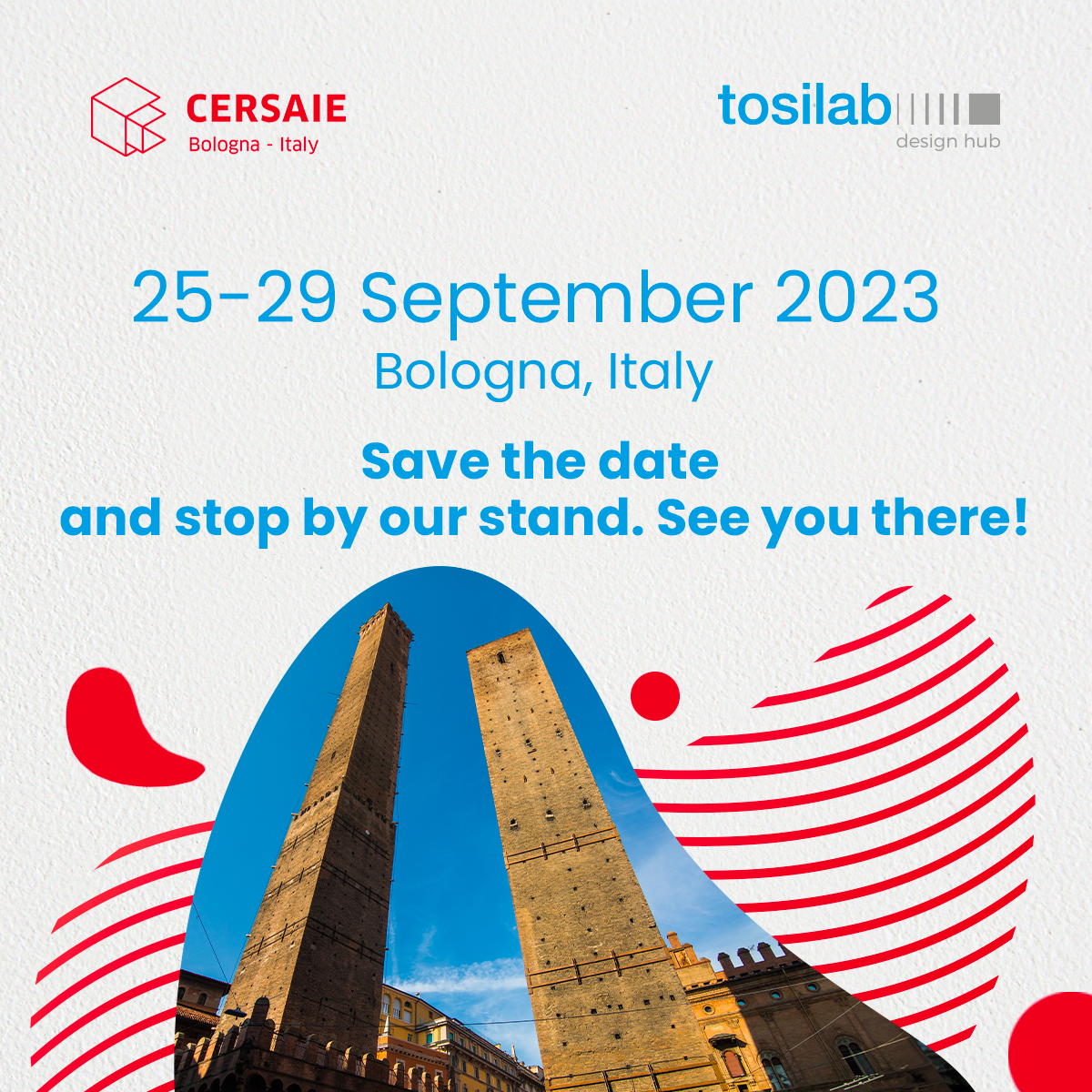Discovering UNESCO’s Creative Cities: Italy has 9
Around the globe there are cities where creativity is driving social, urban and economic development. Indeed, music, art, literature, design and many other creative areas can all make an active contribution to a city’s growth. Yet just where is all this creativity taking place?
Well, the UNESCO UCCN (UNESCO Creative Cities Network) lists no less than 180 cities in 72 different countries. Established in 2004, the network is designed to promote cooperation between cities that have identified creativity as a strategic sustainable development factor.
The Creative Cities Network aims to provide local businesses with an international cooperation platform from which they can “launch” their cities’ creative energy, giving them the opportunity to showcase local customs and traditions in a global setting to aid the development of cultural export and creative industries. Here’s the official UCCN – Unesco Creative Cities Network. video.
How does the UNESCO Creative Cities Network operate?
By joining the network, the cities undertake to support and promote their best local cultural practices and develop partnerships with other UCCN cities, involving not just citizens but also companies in both the public and private spheres. Each partnership develops projects in order to:
- strengthen the creation, production, distribution and diffusion of cultural activities and goods/services;
- develop creativity/innovation centres and expand opportunities for creators and professionals in the cultural sector;
- improve access to culture and boost participation in it, especially for marginalised or disadvantaged groups and individuals;
- fully incorporate culture and creativity into sustainable development plans.
The UNESCO Creative Cities Network consists of 7 categories, with each of the 180 cities belonging to a specific one:
- Creative Cities for Music (includes 31 cities)
- Creative Cities for Literature (28)
- Creative Cities for Cinema (13)
- Creative Cities for Craftsmanship and Folk Art (37)
- Creative Cities for Design (31)
- Creative Cities for Digital Arts (14)
- Creative Cities for Gastronomy (26)
Every year, the 180 representatives of these creative cities come together to take stock of the situation, explore ideas, establish new ties and assess new candidates. The June 2018 meeting, held in the creative cities of Krakow and Katowice (Poland), was also attended by the last 64 cities to join the UNESCO Creative Cities Network: a strong 9-city African contingent has now been added, including Cape Town, assigned to the Creative City for Design category.
Have you already read our article on the emerging importance of Africa?
Italian UNESCO Creative Cities
There are 9 Italian UNESCO Creative Cities:
- Fabriano – known for its noble professions and ancient traditions – was given creative city status on account of its crafts and folk art. Renowned for the manufacture of high quality paper, Fabriano also boasts generations of blacksmiths, ceramists and weavers who, over the centuries, have transformed their crafts into true industries. In 2019 Fabriano hosted the Annual Creative Cities Network Meeting.
- Rome, nominated a Creative City for Cinema in 2016.
- Parma, a Creative City for Gastronomy, boasts the highest number of genuine local food products protected by Italy’s quality trademarks (DOP, IGP, STG).
- Turin was elected a Creative City for Design. Its far-reaching promotion and support of the design industry is being implemented via a series of initiatives that will make Turin a pivotal design city both in Italy and worldwide.
- Bologna is a Creative City for Music thanks to prestigious music facilities such as the Teatro Comunale, the International Museum and Music Library and the organisation of several internationally famous music festivals.

- Milan, a Creative City for Literature, has been the home of many famous writers. It enjoys a rich literary tradition: Umberto Eco, Carlo Porta and Alessandro Manzoni, not to mention Nobel Prize winners Eugenio Montale and Dario Fo, are just a few of the Milanese writers whose works have, over time, enriched Italian literature.
- Pesaro, a Creative City for Music, is the birthplace of Gioachino Rossini; the composer of the Barber of Seville and William Tell, he played a pivotal role in shaping the history of opera. The Conservatorio Statale di Musica, established in Rossini’s honour, is one of Italy’s oldest and most prestigious conservatoires. Pesaro is home to over 700 musicians and 40 groups, including orchestras, bands and choirs.
- Carrara has, since 2017, been a Creative City for Craftsmanship and Folk Art. Located in the foothills of the Apuan Alps in Northern Tuscany, Carrara is renowned worldwide for its white marble quarries. Used since Roman times, Carrara marble has been the material of choice for some of Italy’s most famous sculptures. Its appreciators have included Michelangelo, Canova, Bernini and contemporary artists Cattelan and Fabre.
- Alba, a Creative City for Gastronomy, is the historical – and thriving – centre of the Langhe-Roero area in Piedmont. The city is the capital of the renowned white truffle. In the 1990s it won recognition as a key pioneer and developer of the Slow Food movement.
In short, a huge creative variety, as Italy’s creative cities span 6 of the 7 established categories.
With their history, traditions, aesthetics and innovation, UNESCO Creative Cities have a touch of magic about them. Moreover, they constitute a cauldron of ideas from which new trends can emerge.
Every single project is a small step towards the implementation of UNESCO’S sustainable development agenda, to be completed by 2030; a massively ambitious plan that will, we hope, thanks to everyone’s contribution, prove to be a success for the whole of humanity.
Check out UNESCO’s sustainable development goals.

Follow our blog so you don’t miss our articles about architecture, art, design, trendwatching e tanto altro ancora! We are on Facebook, Instagram, LinkedIn, Pinterest and YouTube!
- 0 Comment




